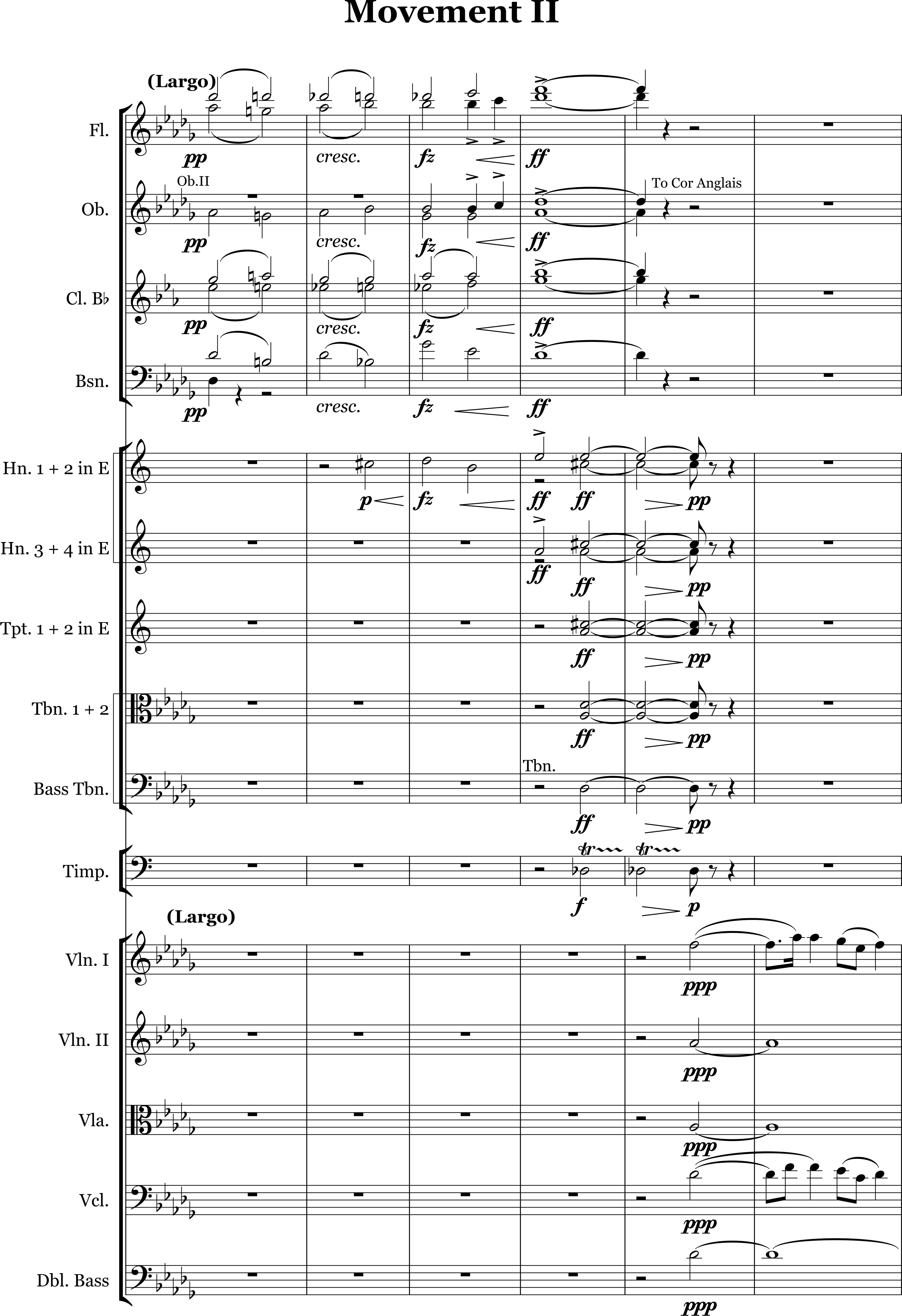
Each horizontal grid line represents a one-point increase in tempo (from 150 to 151 beats per minute, for example). Your Shape Designer drawing area now shows a horizontal point for each eighth-note duration, so that you can specify how long you want the accelerando to last.
Type 1 into the Grid Lines Every: box, and click OK. Choose Shape Designer > Rulers and Grid. Click Create to display the Executable Shape Designer dialog box, then Shape ID. Select Execute Shape, then click the Select button. The Expression Designer dialog box appears. OPTION+double-click the expression's handle. When the Expression Selection dialog box appears, click the desired symbol, click Edit, then skip to step 3. If you haven’t yet placed the mark in the score, double-click any place on a staff. To easily record, or ‘conduct,’ a unique tempo change for any region, use TempoTap. #Tempo markings sibelius 8 how to#
The instructions below describe how to assign a tempo change to an expression that can be added to the score at any time.

However, you can also define your own precise tempo changes manually. Noteman says: To use manually defined tempo or dynamic markings for playback, set Human Playback to None.įinale’s Human Playback feature automatically recognizes text expressions such as “accel.” and applies tempo adjustments accordingly during playback (see Playback Controls for details). You have just added an expression to the expression library - it is now available to use elsewhere in this document. To adjust the marking, drag its handle to remove it, click the handle and press DELETE.
Click OK and then Assign to return to the score. Type “accel.” or “accelerando.” Finale automatically applies the font, size, and style of the Tempo Alterations category. If you do not see the "accel." expression, continue: Positioning is based on the Tempo Alterations category settings (see Category Designer). Finale places the "accel." expression into the score. If you see the “accel.” expression in the list, double-click it. All the tempo alteration expressions appear in the preview window. The Expression Selection dialog box appears. Double-click on, above, or below the note or measure to which you want to attach the marking. If you want to indicate a gradual increase of tempo graphically, see Beaming: feathered beaming. or accelerando is an expression in the Tempo Alterations category, which you place into your score with the Expression tool. Use the popup menu to set the note value-quarter note, for example. The number you type here is the standard metronome setting (beats per minute). Enter the starting tempo in the Tempo text box. The Playback Controls expand, offering additional controls. Noteman says: Expressions defined to set the playback tempo (such as those created with the Create Tempo Marking plug-in), override the tempo set in the playback controls. 
For a complete discussion of this process (capturing MIDI data), see To specify playback parameters.

If your score is a transcription of a performance you recorded with the Transcription Mode in an earlier version of Finale, however, you also have the option of hearing a playback with the actual tempo of the original performance, including any fluctuations. The tempo you set with this procedure is the default starting tempo Finale uses when it plays back your score by “reading” the notated, quantized music.







 0 kommentar(er)
0 kommentar(er)
